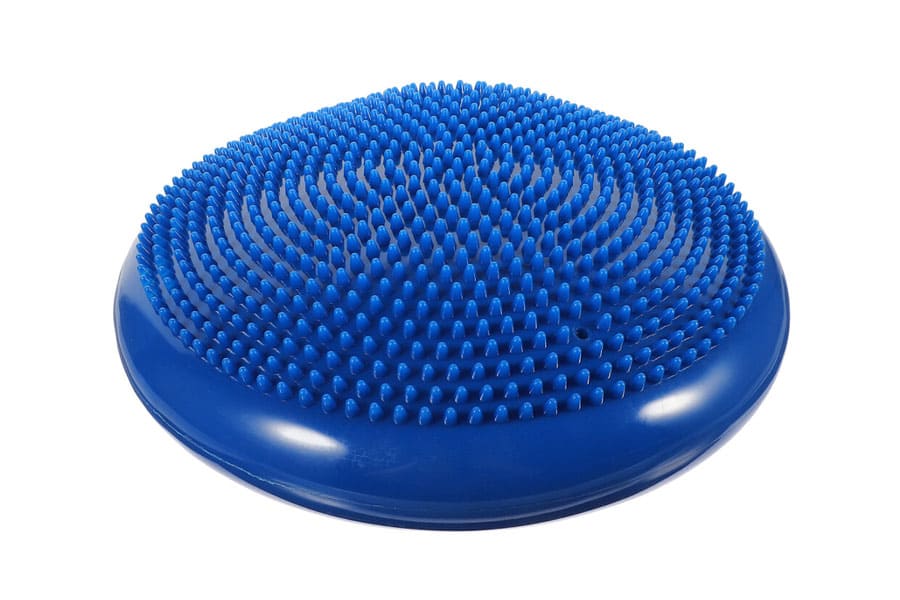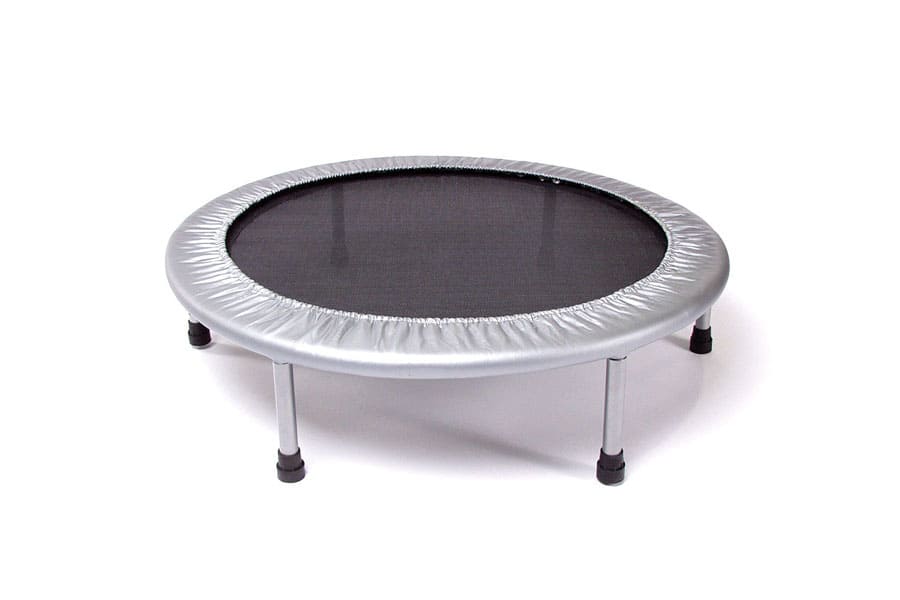
Sports aids: how older people can exercise more easily
Balance training
Falls tend to happen more often with age: according to statistics, a third of people over 65 fall at least once a year. For people living in nursing homes, this figure doubles. Falls can be minor, but they can also lead to serious fractures that limit the victim’s mobility for a long time.
What are the reasons for the increase in the frequency of falls in old age? Weakening sensory abilities, such as deteriorating vision and hearing loss, negatively affect our sense of balance. In addition, the sensors in atrophied muscles that transmit information to the brain about the spatial position of the limbs stop functioning properly. Active balance training can be helpful. These tools can help:
1. Balancing boards
With the help of a balance board or a balance ball, you can improve your sense of balance and strengthen the deep muscles. The principle: the underside of the board is slightly concave, so when performing the exercise (for example, while standing), you have to actively balance it.


2. Balance Seat Cushion
These are inflatable seat cushions that encourage the body to constantly adjust and maintain balance. The difficulty level is simply increased by air pressure: the more you inflate the cushion, the more balancing skills are required.
3. Mini Trampoline
The small version of the trampoline is ideal for practicing balance. Walking in place also trains reaction and balance. If you cannot confidently move on the trampoline at first, you should choose a model with handles.


4. Vibration Plate
Vibration plate training stabilizes the body by strengthening the deep muscles. This happens almost automatically, as the muscles quickly tense and relax to compensate for the vibration movement.
Thanks to its effectiveness, vibration training allows even older beginners to quickly achieve success. There are exceptions, however: if you suffer from osteoarthritis or have already had artificial joints implanted, you should avoid vibration training. In the worst case, parts of the endoprosthesis may become loose.
Conclusion
Sports in old age ensure a longer and healthier life.
“Baby boomers” are leading the way: never before has the generation of retirees been as active as the current one. However, the enthusiasm of older people for sports is not without reason: nowadays, there are many aids, sports equipment and training options that allow representatives of any age group to start effective fitness training.
Sports such as walking, yoga and aqua aerobics can be optimally tailored to individual needs, so that at 60 you can achieve greater sporting success than you could have imagined in your younger years.
